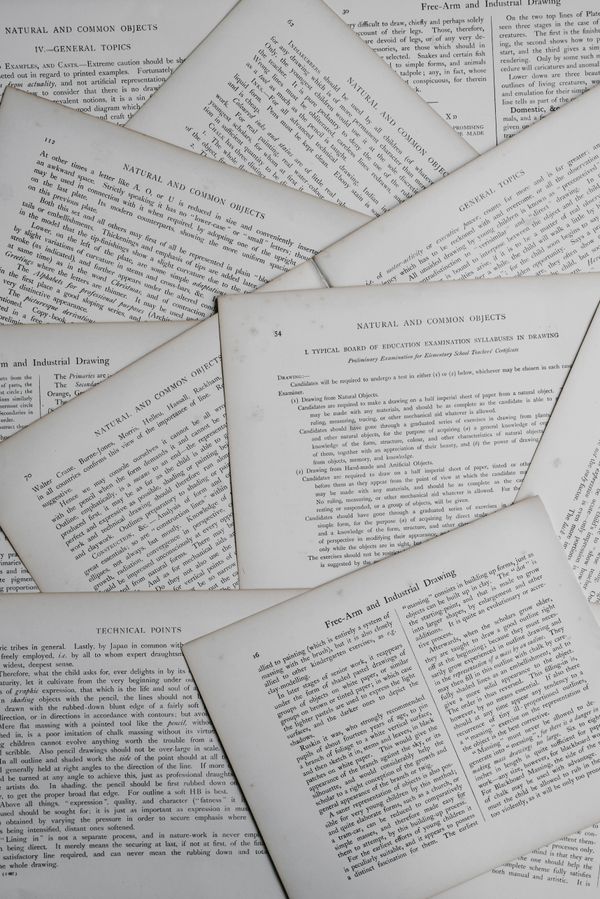Expert Tips for Crafting a Winning Academic Poster
Academic posters are a common way to present research findings and ideas at conferences, symposiums, and other academic events. These posters are usually large, eye-catching graphics that display information in a visually appealing and easy-to-understand why.
So, if you are planning to create an academic poster, take the time to plan and execute your design. By following these tips and putting in the effort to create a high-quality poster, you can effectively communicate your research and ideas to a wider audience and make a strong impact on your field.
What is an Academic Poster and Why is so Important?
An academic poster is a large graphic display that is used to present research findings, ideas, or other information at conferences, symposiums, and other academic events.
Academic posters are important because they allow researchers to share their work with a wide audience. They can help generate interest in your research and lead to future collaborations and opportunities. An effective academic poster can also help you stand out in a crowded conference or symposium and can help you make a lasting impression on your peers and colleagues.
In addition, academic posters can be an excellent way to present research findings to a diverse audience, including those who may not be experts in your field. By using clear language and visual aids, you can effectively communicate your research and ideas to a wider audience and contribute to the advancement of your field.
10 Tips to Create your Academic Poster
Creating an effective academic poster can be a challenging task, but it is also a great opportunity to showcase your work and communicate your ideas to a wide audience. Here are some tips on how to create an academic poster:
- Target audience: Who will be viewing your poster? What are their background and level of expertise? Understanding your audience will help you tailor the content and design of your poster to their needs.
- Purpose: What is the main goal of your poster? Are you trying to present research findings, summarize a project, or promote a new product or service? Keeping your purpose in mind will help you focus on your design and content.
- Layout: There are many layouts you can use for an academic poster, but it is important to choose one that is clear, easy to follow, and visually appealing. Consider using headings, subheadings, bullet points, and graphics to organize your information.
- Language: Academic posters should be easy to understand, even for those who are not experts in your field. Use clear and concise language and avoid jargon or technical terms that may be unfamiliar to your audience.
- Concise title: The title of your poster should be attention-grabbing and should clearly communicate the main focus of your research.
- Visuals: Visuals are an essential part of any academic poster and can help convey your message more effectively. Use clear, high-quality images, charts, and graphs to illustrate your points.
- Branding: If you are representing an organization or brand, be sure to include your logo and other branding elements in your poster design.
- Color: Use color to add interest and emphasis to your poster. Choose a color scheme that is consistent and complements your visuals and branding.
- Typography: Choose a font that is easy to read and professional. Avoid using too many font styles or sizes, as this can make your poster look cluttered.
- Proofreading: Be sure to proofread your poster carefully to ensure that there are no spelling or grammar errors.
By keeping these things in mind when designing your academic poster, you can create an effective and professional-looking poster that effectively communicates your research and ideas to your audience.
5 Things to Avoid when Creating your Academic Poster
When creating an academic poster, it is important to avoid the following mistakes:
- Overcrowding: Don't try to fit too much information onto your poster. This can make it look cluttered and overwhelming. Instead, choose a few key points and focus on them.
- Unclear language: Avoid using jargon or technical terms that may be unfamiliar to your audience. Instead, use clear and concise language that is easy to understand.
- Poor quality visuals: Low-quality visuals can make your poster look unprofessional and distract from your content. Be sure to use high-quality images, charts, and graphs that are clear and easy to understand.
- Inconsistent branding: If you are representing an organization or brand, be sure to use consistent branding elements in your poster design. Inconsistent branding can make your poster look unprofessional.
- Poor typography: Choose a font that is easy to read and professional. Avoid using too many font styles or sizes, as this can make your poster look cluttered.
By avoiding these mistakes, you can create an effective and professional-looking academic poster that effectively communicates your research and ideas to your audience.
I hope this blog post has been helpful for you in learning about academic posters and how to create an effective one. If you have any additional questions or would like more information on this topic, please feel free to leave a comment or reach out to our social media (Twitter, Facebook, Linkedin, and Instagram).
Start now to manage your new scientific journal or your next conference by creating your community in Orvium and inviting your colleagues using the following link https://dapp.orvium.io/.




